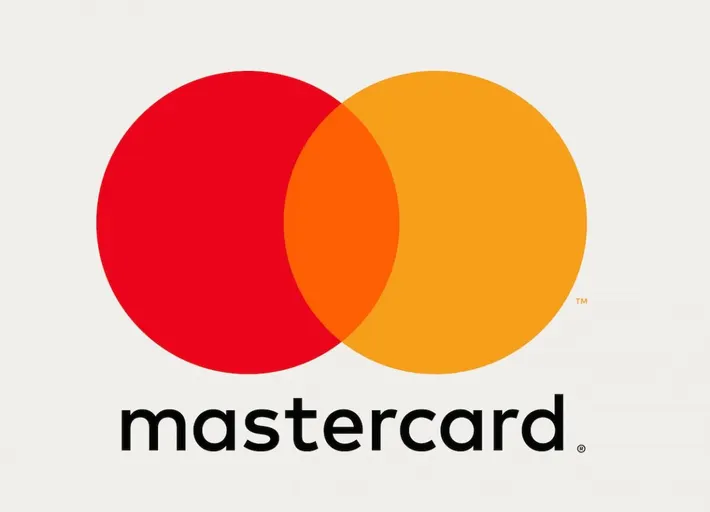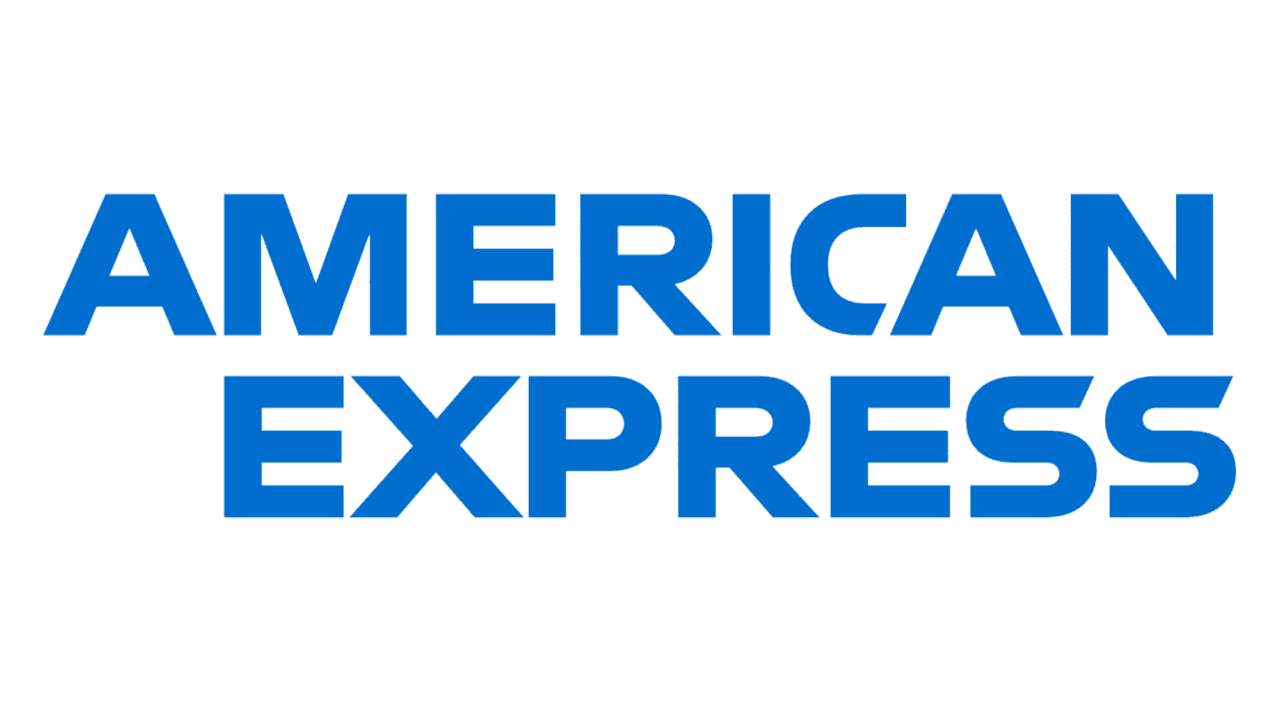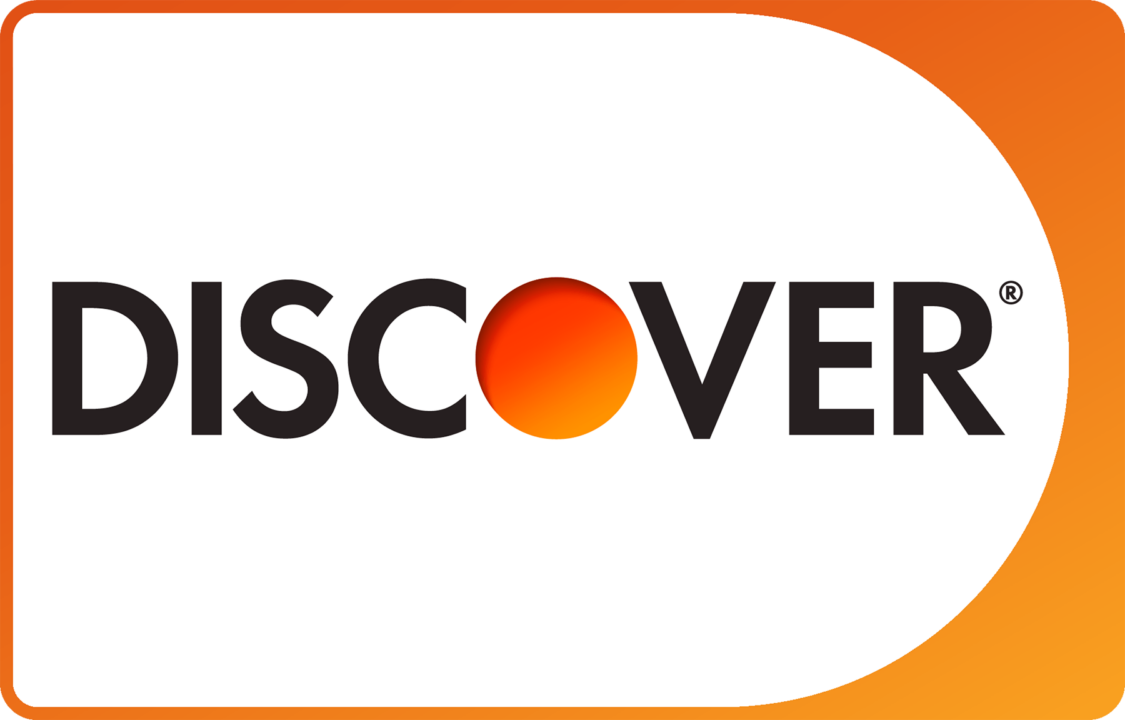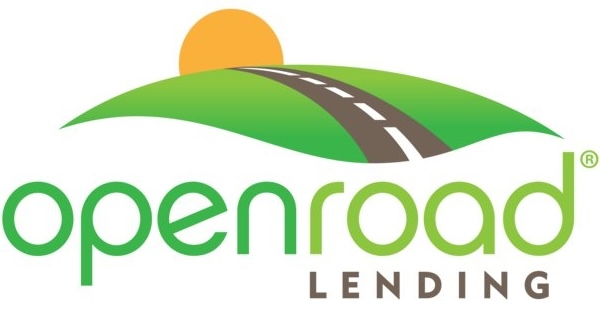
What is a savings account?
A savings account is a financial product offered by a depository organization (like a bank or a credit union) where you can safely store money while at the same time earning a modest amount of interest. Savings accounts can have a variety of features, fees, and protections depending on the institution offering it.
What is the difference between a savings account and a checking account?
The primary difference between a savings account and a checking account is that a checking account is designed for the daily use of money. Savings accounts are designed to store money for short periods of time when it is not being readily used. Checking accounts have features like debit card attachments and no limits to withdrawals or deposits. Many savings accounts have limits to how regularly a person can deposit or withdraw money. Money can usually earn more interest in savings accounts than in checking accounts.
Is it better to have a savings account or a checking account?
Most people should have both because they have different purposes. For day-to-day use, checking accounts are always better and usually have a debit card associated with them which makes it easy to access the money. Savings accounts are better for building savings and earning interest. One of their biggest benefits is that they allow you to move money away from your monthly spending in an effort to preserve it.
Is it safer to have a savings account than a checking account?
Both checking and savings accounts are insured to the amount of $250,000 for individuals and $500,000 for joint accounts, so they are equally safe. The insurance for those deposits is provided for by federal law to protect consumers from bank failures. Banks that are members of the Federal Deposit Insurance Corporation (or FDIC) and credit unions that are members of the National Credit Union Administration (NCUA) are insured.
What is the main function of a savings account?
The main function of a savings account is the safe storage of money. It allows you to put aside money in a safe place. They are not ideal for long-term storage of money because the interest rate earned almost never exceeds the rate of inflation.
What are good reasons for having a savings account?
There are several good reasons for having a savings account.
- Have a safe place to keep short-term money.
- Earn a modest amount of interest on your savings.
- Separate your savings from your spending money.
- Create categories in order to give your savings a purpose.
- It provides easy to access money.
- You can start small
What fees are common in savings accounts?
Savings accounts can have different fee structures, but the following are the common types of fees found.
Maintenance fee
Savings account maintenance fees range from $5 to $25 dollars a month. However, most banks have ways of avoiding the fees. You can sometimes avoid fees by maintaining a minimum daily balance, holding a loan with the bank, or even linking the account to a checking account.
ATM access fees
Accessing your savings account through ATMs can cost as much as $4 per withdrawal if you are using an ATM machine that is out of network. Some banks have extensive networks of ATMs which results in no fee charged. Other banks will reimburse a certain amount of out-of-network ATM usage per month.
Insufficient funds fee
Each time your savings account lacks funds for a withdrawal, you might face a $35 charge. While savings accounts aren’t ideal for daily transactions, some use ACH for bill payments.
Excess transactions
Banks often impose limits on the number of transactions allowed from a savings account. Most banks limits you to 4-6 withdrawals per month. They may discourage actively using a savings account for daily financial management by charging $3 to $25 per excess transaction.
Wire transfer fee
Wiring money is usually done from a checking account, but it can also be done from a savings account. Usually, a bank will charge up to $25 for a domestic wire and up to $55 for an international wire.
Cashier’s check or money order
There are times when people need a paper check to make a purchase or give money. It can often cost around $5 to have a bank cut a cashier’s check.
Closing account
Some banks may charge you around $25 to close a savings account.
Paper statement fees
As a way of encouraging digital statements, banks may charge customers if they want a paper statement. Signing up to have paper statements sent to you could cost between $1 and 5 per month.
Annual inactivity fee (aka Dormant Fee)
If a savings account sits dormant, a bank may charge a fee to induce you to keep it active. It might sound counterintuitive to push a customer to use it, but they do it to meet federal regulations associated with inactive accounts. They would like to avoid triggering the need to do that extra regulatory work, so they might charge a dormant account between $10 and 25 a month.
Why do savings accounts have a fee?
Banks earn money with interchange fees when you use a debit card linked to a checking account. Savings accounts, without a debit card connection, don’t generate interchange fees.
How can I avoid the monthly maintenance fee on savings accounts?
Not all banks charge monthly maintenance fees on their savings accounts, but charging a maintenance fee is also not uncommon. Of the banks that do charge a fee, most of them will waive the maintenance fee if It meets one of their criteria. Common criteria for waiving maintenance fees include:
- Signing up for direct deposit
- Maintaining a minimum balance or an average daily balance
- Have a loan with the bank (auto loan or mortgage)
- Hold a bank credit card
What is a minimum opening deposit for a savings account?
Each bank has their own policies for minimum deposits needed for opening a savings account, but most require between $25 and $100. Although, banks can vary by circumstance. Some banks may not require a minimum initial deposit at all and others might require only a small amount. If you are opening a second savings account with the same banking institution, there may be no minimum requirement.
What is the difference between a money order and a cashier’s check?
Banks provide money orders and cashier’s checks. Cashier’s checks, available in larger amounts, lack an upper limit, making them suitable for substantial purchases. Money orders, less secure, can be obtained from various places for smaller amounts. While both serve as alternatives to cash or personal checks, cashier’s checks, issued by banks, are more secure and available in higher amounts but come with higher fees compared to money orders.
What are the different types of savings accounts?
There are a wide range of different types of savings accounts and they each have different features and purposes. They will have different advantages and disadvantages.
Traditional savings accounts
A traditional savings account are the most flexible and common. They allow you to earn a little interest on your deposits and are likely to have the least restrictions on what you can do with them. However, the interest you can earn is usually not meaningful. One of the advantages is that you can often open more than one of them without extra fees. This can allow you to manage your savings goals with more precision.
High-yield savings accounts (HYSA)
A high-yield savings account looks a lot like a traditional one but pays out a much higher interest rate. These might have a few more restrictions like minimum account balances or withdrawal limits. The interest paid may be dependent on the amount of money in the account. High-yield savings accounts are typically offered by online-only banks. For more detail about them, click here.
Money market accounts (MMA)
Also called a money market deposit account, a money market account is an interest bearing account that boasts a significantly higher interest payout than a traditional savings account. Money market accounts also provide some services that traditional savings accounts don’t offer, like the ability to write checks or have a debit card. However, they also come with more restrictions, like a required minimum balance and limits on the number of transactions. For more detail about money market accounts, click here.
Certificates of deposit (CD)
A certificate of deposit (CD) is a savings product offered by a bank or credit union that offers a better annual percentage yield (APY, or interest rate you can earn) in exchange for a commitment to leave the money untouched for a period of time. The term can be between 3 months and 5 years and usually offers better rates the longer the term you select. If you need to withdraw funds before the completion of the term, you will incur an early withdrawal penalty. For more details about certificates of deposit, click here.
Cash management accounts (CMA)
A cash management account is a type of account provided by a non-bank institution, like a stock brokerage or an investment advisory firm. These accounts can provide a limited set of features common to checking and savings accounts, like ATM access, online payment services, and debit cards. They can be very convenient for moving money back and forth from brokerage accounts
Typically, the non-bank institution that is holding your money sweeps the money into a participating bank at the end of every day, so you will be protected by the standard federal insurance provided by the FDIC. Therefore, deposits in cash management accounts are typically insured.
What to look for in a savings account
When assessing different savings accounts, you may want to evaluate the following things. Not all savings accounts will have all of these features, but these are generally the features that are often included:
- FDIC or NCUA insurance: Your bank should be a member of the FDIC. Your credit union should be a member of NCUA. These insure against bank failure to protect your money.
- Interest rate and APY (annual percentage yield): Most will have very low interest rates, so you may consider a high interest savings account.
- Initial deposit: Most require a minimum initial deposit amount.
- Minimum balance requirements: Some savings accounts have minimum balance requirements.
- Account fees: Before you sign up for a savings account, you should be aware of the kinds of fees that you will be charged.
- Rate tiers: Usually found in high-yield savings accounts, rate tiers provide different APYs (annual percentage yields) at different balance levels.
- Accessibility and ease of use: Not all banks are created equal when it comes to customer service, customer experience, and convenience. Be clear about what services you will want in your bank. Do you need a nearby physical bank location, a robust mobile app, customer service phone number, and a usable website experience?
- Supplemental savings accounts: Some people value having several savings accounts where they can divide up their money into categories. You should be aware of how easy additional savings accounts are to open and whether they come with additional fees or restrictions.
What are the top features of a good savings account?
Savings accounts are rather simple things: put your money in for safe-keeping and hope to earn a little interest at the same time. Some banks provide added features, so it’s important to know what features are most important to your lifestyle so you can find the right bank for you.
- Interest rate or APY (annual percentage yield)
- Minimum cash balance
- ATM network
- Online banking capability
- Physical locations
- Service charges
What is FDIC insurance and why is it important?
The Federal Deposit Insurance Corporation (or FDIC) is an independent agency of the United States government that protects deposits in insured-institutions from bank failure. The U. S. government set up the FDIC to avoid the impact of a bank failure on individuals. FDIC insurance only covers consumers who have deposits in a bank that is FDIC insured.
What is the FDIC insurance limit for savings accounts?
The Federal Deposit Insurance Corporation (FDIC) is a government entity that ensures bank account balances in case of bank failures. For participating banks, the FDIC will guarantee up to “$250,000 per depositor, per bank, for each account ownership category.” Ownership categories are things like single or joint accounts, retirement accounts, revocable trust accounts, corporate accounts, etc.
What kind of bank accounts does FDIC insurance guarantee?
FDIC insurance guarantees balances in the event of bank failure for the following types of accounts:
- Savings accounts
- Checking accounts
- Negotiable order of withdrawal accounts
- Money market accounts
- Certificate of deposits
- Cashier’s checks and money orders
The FDIC insurance does not cover the following types of accounts:
- Stock or bond investments
- Mutual funds
- Crypto assets
- Life insurance policies
- Annuities
- Municipal securities
- Safe deposit boxes or their contents
How do you open a savings account?
Opening a savings account is easier than applying for other financial services (like applying for a loan or credit card), but you will need valid identification, proof of address, and an initial deposit if required by the bank or credit union.
Valid identification
- Passport
- Birth certificate
- Social Security card or individual Taxpayer Identification Number
- Government issued photo ID or drivers license
Proof of address
- Lease document
- Mortgage document
- Student document like a letter of acceptance to a college or university, student ID, or other proof of enrollment
- Mortgage document
What banks don’t require ID?
All banks require valid identification for opening accounts. This is a federally regulated requirement to “know your customer” to prevent money laundering and terrorism funding.
Should I switch savings accounts?
Banks and credit unions know that it can be a real hassle to change your primary banking institution. You may need to change direct deposit schedules, automatic bill pay orders, learn a new mobile app, and change your habits. So, people put up with more poor customer service or expensive fees than they probably should. One way to begin the transition to a new bank is to open a savings account with the institution you would like to bank with. It helps you start the transition without having to do all the work. If you want a different banking experience and your research has led you to a particular bank or credit union, opening a savings account can be a great first step in deciding whether it’s worth making the change.
Is it hard to switch savings accounts?
Switching to a new savings account is simple if you don’t have bill pay, direct deposit, or automatic transfers set up. Finding a new account may be the trickiest part. Once chosen, moving balances is straightforward. Get a cashier’s check or use a bank-to-bank transfer for an easier option. The first transfer might take a couple of days, but subsequent transfers should only take a day.
How to choose a savings account
To pick a new savings account, identify features that suit your lifestyle and balance them with potential fees. Some accounts offer fee waivers based on conditions like minimum balances or having a checking account or loan with the bank.
Why is a savings account important?
A key reason for having a savings account is to separate money for saving from your day-to-day spending. Without a designated savings account, it’s challenging to keep funds away from regular spending habits.
Is it worth having a savings account?
It is definitely worth having a savings account! They are crucial for effective financial management. Without one, it’s hard to safeguard and grow savings, as the money is mixed with everyday expenses. Many opt for multiple savings accounts, especially if there are no fees, for specific goals like vacations, holidays, or a new car. This approach proves effective in achieving savings targets.
What are the disadvantages of a savings account?
While there are a lot of good reasons to have a savings account there are a few disadvantages:
Low interest earnings
Savings accounts traditionally do not provide much interest and they rarely keep pace with inflation. The longer you keep money in a savings account the less purchasing power that money will have.
No tax benefits
The US tax code provides a lot of benefits for things like owning homes and investing for the long term. However, there are currently no tax benefits for keeping money in a savings account.
Fees
Some savings accounts can charge a series of different kinds of fees. If you’re consistently facing fees due to your financial situation, maintaining a savings account might not offer significant benefits. This is particularly true if you’re unable to sustain a minimum balance over extended periods, leading to regular monthly minimum balance fees.
Cap on deposit insurance
If you’re holding a substantial amount in a savings account, you might not fully benefit from federal insurance beyond $250,000. In such cases, considering safe long-term investments like bonds or higher-return options such as index funds could be more advantageous.
Are savings accounts worth it anymore?
While the low interest rates on savings accounts may lead to doubts about their worth, the true value lies in their ability to help manage resources effectively. Their strength and value is not just in the interest earned but in their capability to facilitate detailed tracking of various savings goals. This enables faster financial progress. For those enhancing their finances, savings accounts remain a crucial tool.
What is better than a savings account?
Depending on what you are trying to accomplish with your money, there are a lot of options that are better than a savings account. A high-yield savings account may be a much more effective option or a certificate of deposit. If you are trying to grow your money you may consider consulting a certified financial advisor.
Is it better to have a 401k or a savings account?
When you’re just starting out on your journey of financial health, the question might come up whether it is better to start putting money into a 401k or to put money into a savings account. If your employer provides matching funds for the 401K program, you should put money into that to take advantage of the matching funds. If you don’t, you’re just leaving money on the table.
While putting money into a 401k early can mean a great deal by the time retirement comes around, it is really important for you to have an emergency fund in case financial disruptions happen in your day-to-day life. The penalty for withdrawing funds from a 401k program to cover a financial emergency can be steep. So, it is important to maintain some sort of rainy day fund.
Should I have more than one savings account?
Yes, it is a great idea to have more than one savings account. Consider establishing a different one for each of your savings goals. That gives you complete visibility on the progress you’re making towards each goal that you want to accomplish.
How much money should you have in your savings account?
While having money in a savings account guards against short-term financial emergencies, an excess may mean missing out on better investment opportunities. Savings accounts provide interest, but it typically doesn’t outpace inflation. To determine how much to keep, aim for at least 3 months’ salary as a cushion for unexpected financial shocks, like job loss, according to some financial advisors.
Does opening a savings account lower your credit score?
Banks and credit unions do not report savings accounts to the credit bureaus. They do not show up on your credit report and will not affect your credit score.
What age should you open a savings account?
There are two main factors to consider when thinking about when it is appropriate to open a savings account for a child: when they can begin to understand financial principles and when they have resources to “practice” with.
Child development experts suggest that children begin to understand that money is needed to buy things as early as age 4. By age five, they are capable of understanding the idea and value of a piggy bank. The reason to start with a piggy bank is that the child sees the savings and its existence isn’t theoretical. By age 7, they have a basic understanding of money, delayed gratification, and value-exchange. By age 9, they usually have enough symbolic reasoning skills to understand money in a bank belongs to them. Then they can start to understand the ways in which you manage virtual money.
























